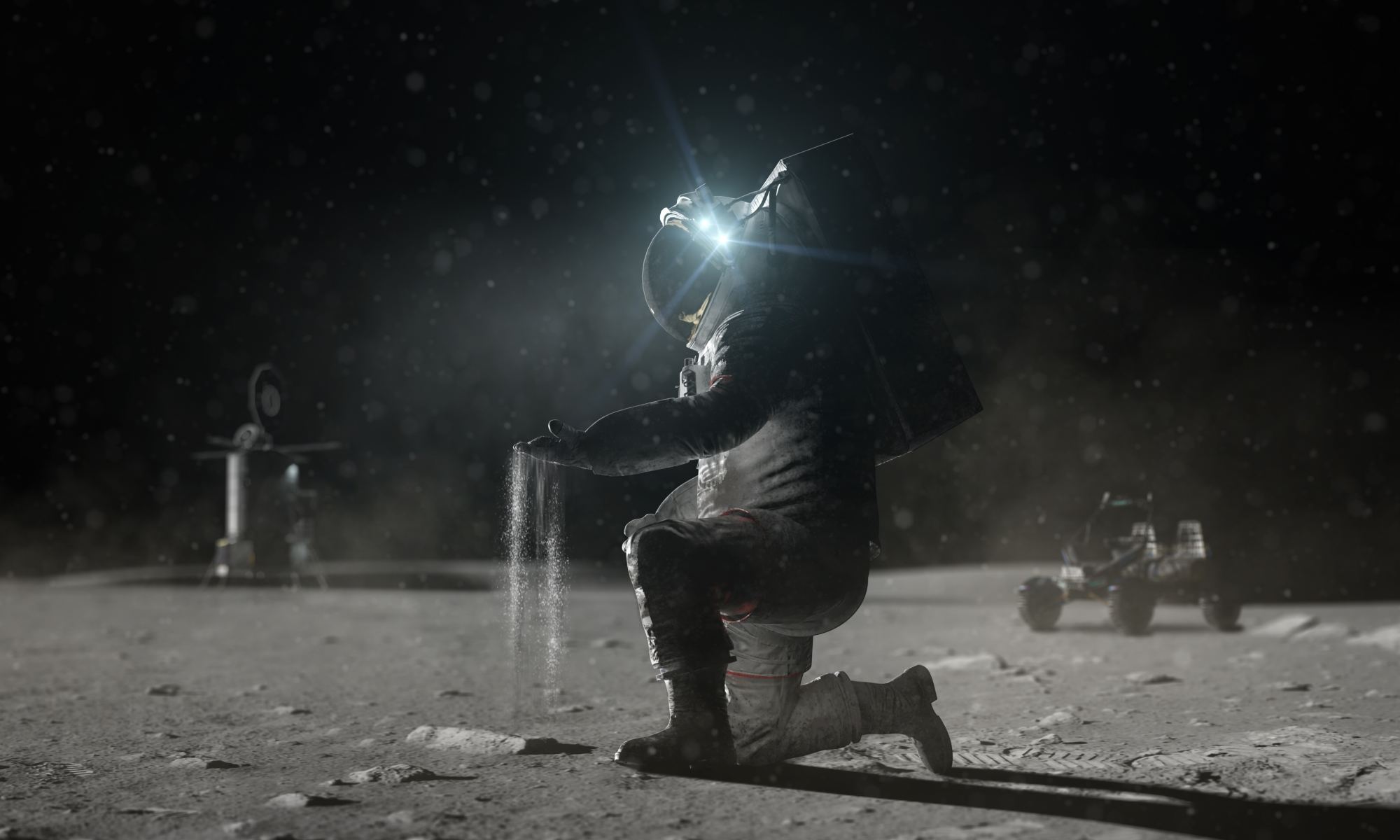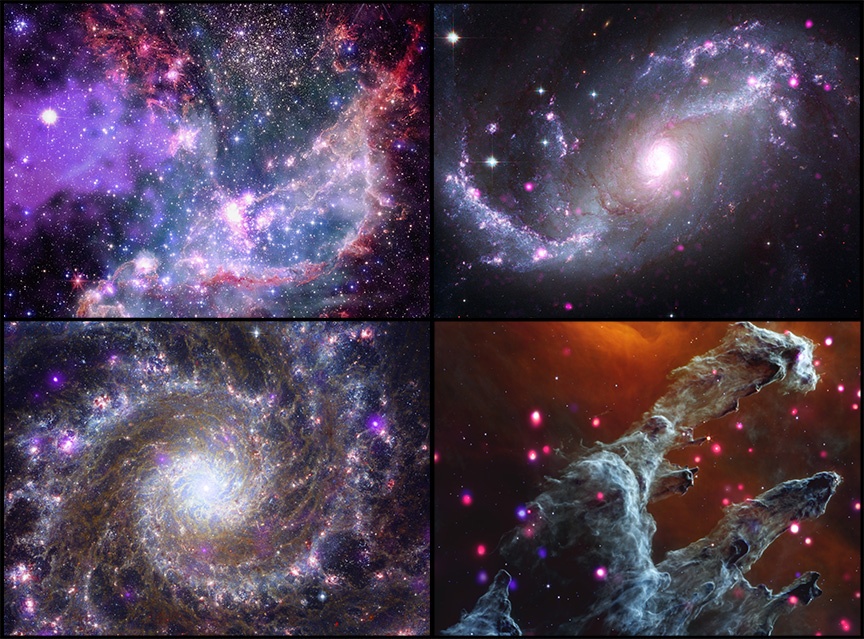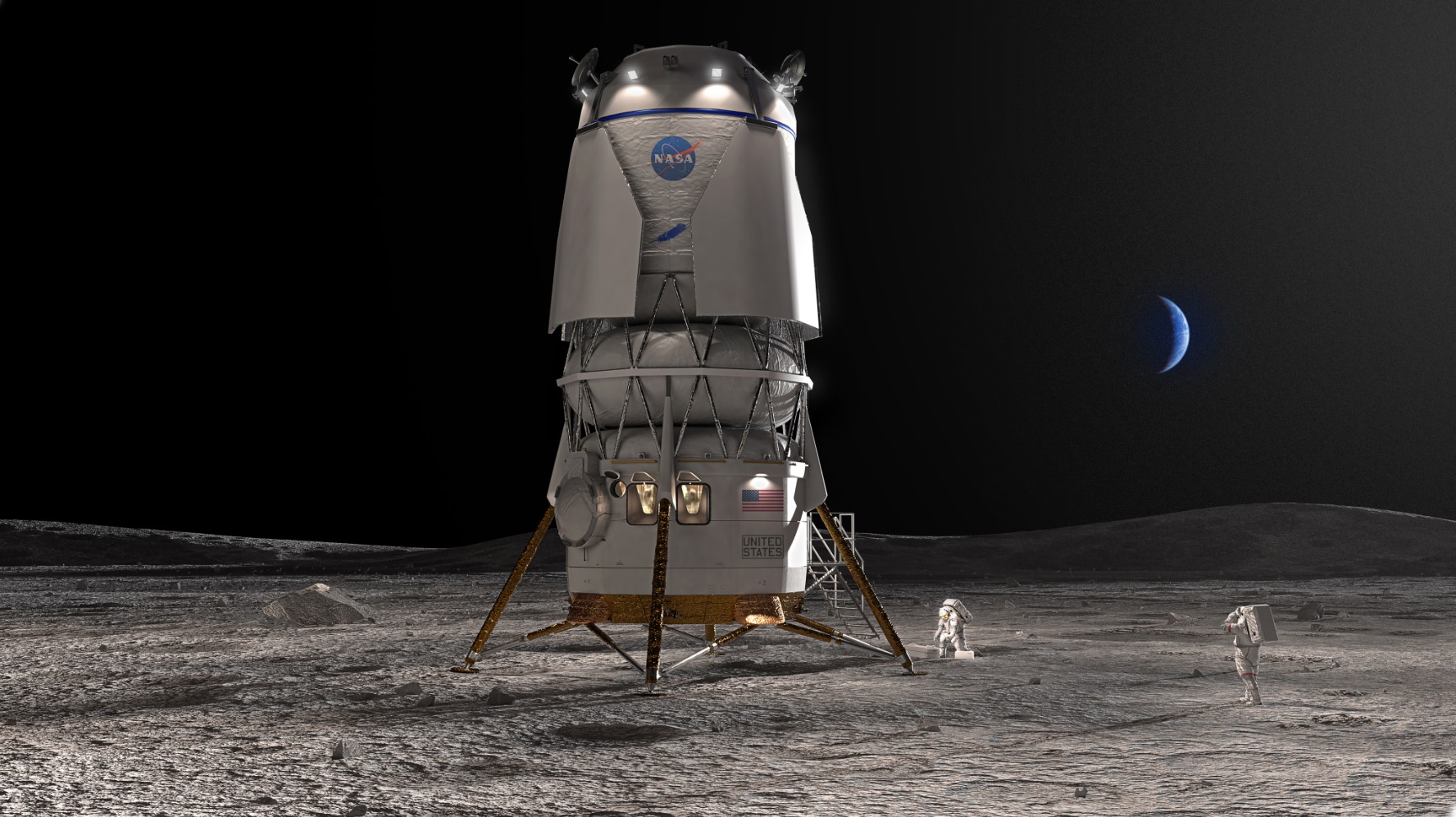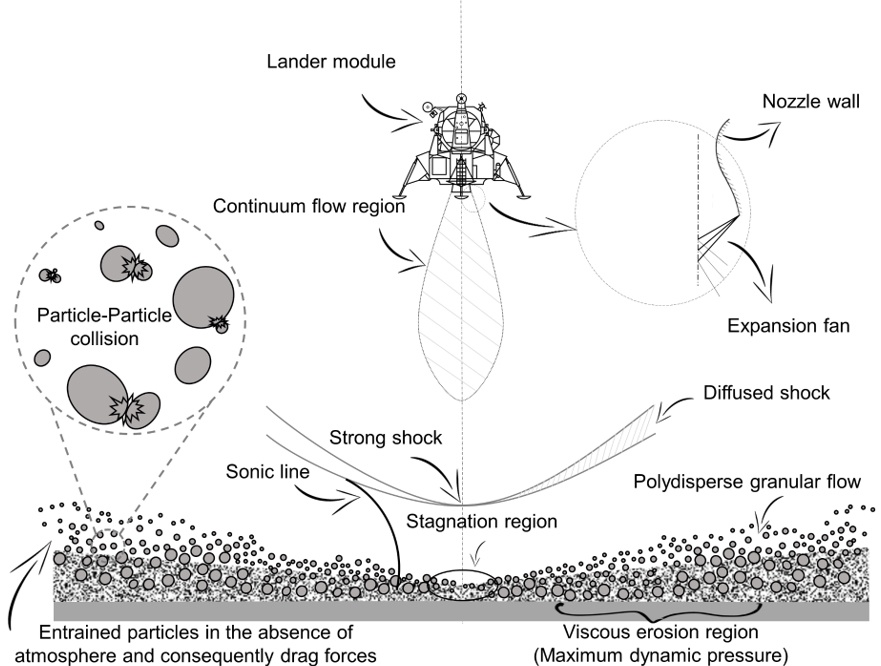Multiple missions are destined for the Moon in this decade. These include robotic and crewed missions conducted by space agencies, commercial space entities, and non-profit organizations. The risks and hazards of going to the Moon are well-documented, thanks to Apollo Program and the six crewed missions it sent to the lunar surface between 1969 and 1972. But unlike the “footprints and flags” of yesterday, the plan for the coming decade is to create a “sustained program of lunar exploration and development.”
This means establishing a greater presence on the Moon, building infrastructure (like habitats, power systems, and landing pads), and missions regularly coming and going. Given the low-gravity environment on the Moon, spacecraft kick up a lot of lunar regolith (aka., “Moon dust”) during takeoff and landing. This regolith is electrostatically-charged, very abrasive, and wreaks havoc on machines and equipment. In a recent study, NASA researchers Philip T. Metzger and James G. Mantovani considered how much damage all this regolith could inflict on orbiting spacecraft.
Continue reading “How Much Damage Will Lunar Landings Do to Lunar Orbiters?”









